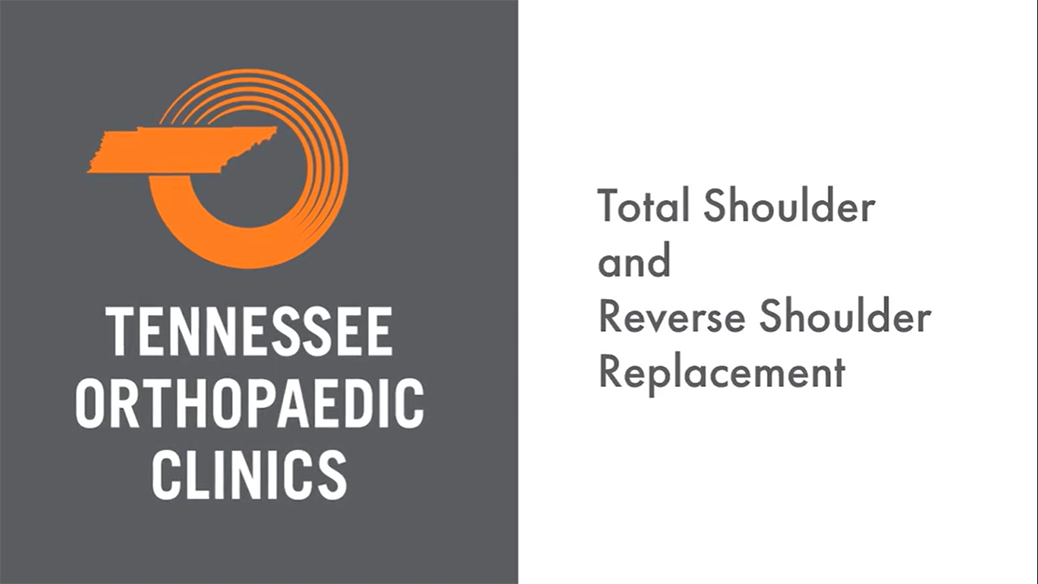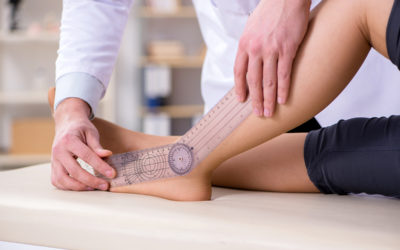Hi, my name is Brad Jaquith. My specialty is knees and shoulders and I practice at Fort Sanders Regional Medical Center and at TOC Sevierville.
What is a Total Shoulder Replacement?
Well, a total shoulder replacement is similar to like a knee or hip replacement in that you’re replacing parts within the shoulder. In the shoulder, it’s a ball and socket joint, so you’re replacing the ball and the socket so that when the shoulder is moving, you don’t have that pain and grinding, similar to like you would in your knee or your hip.
The Two Types of Shoulder Replacements
There’s two different types of shoulder replacements. You have your standard conventional type shoulder replacement and you also have what’s called a reverse shoulder replacement where the ball and socket are reversed or on the opposite sides.
Standard Total Shoulder Replacement
A standard total shoulder replacement is more for patients that have shoulder arthritis but also still have a good rotator cuff.
Reverse Shoulder Replacement
The reverse shoulder replacement is designed specifically for patients that don’t have a functioning rotator cuff and can be used for a number of different options, including irreparable rotator cuff tears or severe fractures of the shoulder and can be a really good option for treatment.
The Shoulder Replacement Procedure
The procedure itself is an open-type procedure. Make an incision through the front part of the shoulder. It’s probably a six, seven centimeter incision. You go down and you have to remove a portion of the bone and generally have to take a small portion of the socket in order to make the parts fit. There’s two different types. The procedures themselves, they’re fairly similar in between a conventional and a reverse, it’s just the orientation of the parts are different.
The Goal of Shoulder Replacement Surgery
The number one goal in terms of shoulder replacement surgery is pain relief. Many of these patients have hurt for a long time due to severe arthritis. Pain relief is fairly predictable, with 90 to 95% experiencing significant pain relief and almost no pain. The duration and how long the replacements last is around 95% survivorship, but 15 to 20 years.
Shoulder Replacement Surgery Recovery
The recovery after shoulder replacement surgery is generally about a three months process. The first six weeks is in a sling with not using the arm very much, and then progressing to using the arm more and more over the next six weeks. And at three months, you really can do whatever you would like to do and you’re really can get back to normal activities, and you really can change your life.




